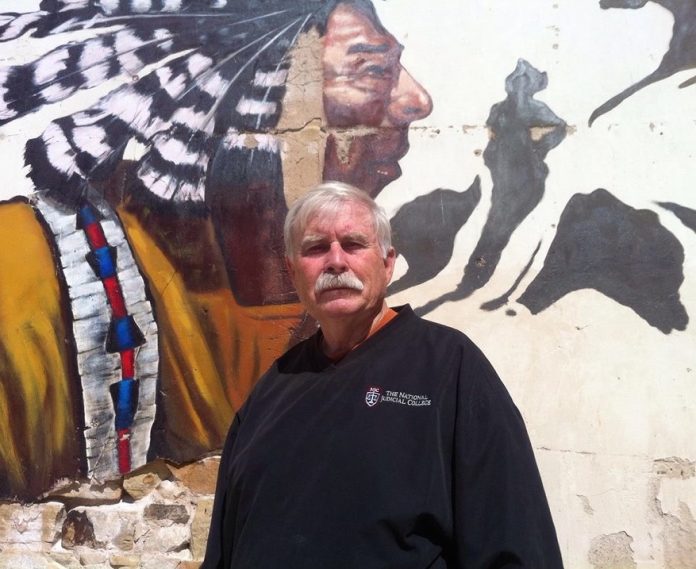GAVEL GAMUT
By Jim Redwine
www.jamesmredwine.com
(Week of 24 November 2025)
JOIN OR DIE
The Haudenosaunee, the democratic confederation of the Six Nations of Native Americans, had existed for centuries before Canasatego, their spokesperson, suggested the 13 colonies should form a similar arrangement. In 1754 Benjamin Franklin adopted the idea and even designed a flag with a snake cut into several pieces with the motto “Join or Die”. Eventually Canasatego’s advice was followed and Native Americans lost their lands. “Be careful what you wish for” or “No good deed goes unpunished”; either adage might apply.
These thoughts led the first of Ken Burns’ six-part PBS documentary of the American Revolution. Gentle Reader, if you did not watch it last week, I recommend you could not find a better use of twelve hours of your valuable time than pulling it up now on the PBS streaming app. My realization was how little I knew about the unlikely birth of the United States of America. Until last week my thought was, we Americans had had only one Civil War. I was ignorant of the animus among the colonies and our revered Founders. The revelations that the people who sacrificed so much and endured such hardships were actually people, much as people of today, was difficult to incorporate with my formal education and years of social experience and hearsay analysis.
I have spent many years sanguine with the core of America’s birth being a struggle for freedom by oppressed colonists against a repressive British monarchy. It was a clean, straight forward story requiring little nuance. I liked it and was comfortable in my beliefs; honor was the hallmark of the American Revolution.
After all, what words are more American than “We mutually pledge to each other our lives, our fortunes and our sacred honor”? Honor was the standard and such things as speculation in Indian lands as a motivation for revolution by such speculators as George Washington, Thomas Jefferson and Ben Franklin were beyond the pale. However, in Ken Burns’ treatise, the historian Philip Deloria states, “I think the American Revolution was all about land”. And in support of this premise he cited the 1763 British Royal Proclamation that declared all the land west of the Appalachian Mountains off limits to white people for either settlement or speculation. This infuriated the colonists who cited Manifest Destiny and who came from a culture in which 2% of Britain’s population owned 66% of the land. Many colonists believed their only hope of ever owning land was to take it from the Native Americans west of the Appalachians.
And of course, there was that soaring marvelous language, “All men are created equal and endowed by their creator with certain unalienable rights and among those are life, liberty and the pursuit of happiness”. My formal schooling did not mention that the population “All men” did not include any women or non-white men nor did it mention the institution of slavery being practiced and jealously protected by many of the men who signed our glorious Declaration of Independence from the British crown.
So, was the American Revolution a straight forward story of good versus bad, of honor versus oppression, or was it vastly more complex? There was much to admire but, as with all human behavior, there are stains that should be acknowledged and learned from. Honor is not just a word; it is a cause. Honor encapsulates all vital human aspirations of honesty, integrity, generosity, humility, fairness, courage and self-sacrifice. The Founders certainly displayed much honorable behavior.
However, as we should know our history so we can learn from it, it should be the full story so the right lessons are applied in our country’s life in our times. Knowing our heroes were human does not denigrate their achievements. It does help us seek the harder right and eschew the easier wrong. I respectfully submit the story of the American Revolution is best celebrated with truth.
For more Gavel Gamut articles go to www.jamesmredwine.com
Or “Follow” us on Substack @gavelgamut




